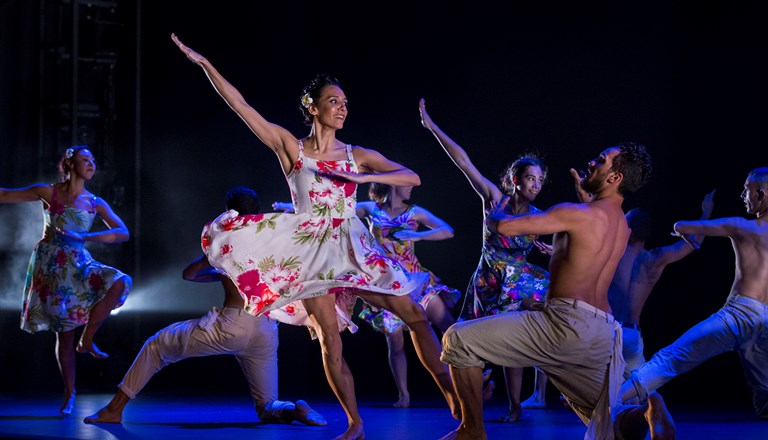I.B.I.S (2015)
Next steps
Transfer and apply information in one setting to enrich another.
- Write or find a story that describes a special place in the local area.
- Use mime to describe the people, animals or landforms through movement. Exaggerate and simplify the movements so that the gestures become easy to see.
- Explore different dynamics of the movements – move very slowly, move cery small, gradually make the movements bigger, try the movement as solo, duo, or group.
Make dance sequences and experiment with a range of options when seeking solutions and putting ideas into action.
- Select your favourite parts of the dance making and develop into sequences that are repeated so that it is the same each time.
- Teach the sequence to each group with slight variations.
- Choose a series of different sounds or play different pieces of music to accompany the movement. Which suits the mood /ideas of your dance best?
- Experiment with facing different directions and travelling to different parts of the room whilst performing your sequence.
Explain and justify ideas and outcomes.
- What could you call your dance? What kind of costume or set could you make or choose to go with your dance? Why have you made these choices?
- How is the movement of the body used to represent your idea/s?
- How did the dancers use space and energy to create the ideas/feelings in this dance?
- Which elements of dance were used?
- What could you learn from watching people and creating sequences based on their movements?
- What movements could you learn, and use in a dance, based on everyday activities and other cultural practices?
Based on Australian Curriculum, Assessment and Reporting Authority (ACARA) Level 2 & 3 statements from the Critical and Creative Thinking learning continuum for Generating ideas, possibilities and actions; Reflecting on thinking and processes; and Analysing, synthesising and evaluating reasoning and procedures areas. Licensed under a Creative Commons Attribution-NonCommercial-ShareAlike 3.0 Australia (CC BY NC SA) licence. Accessed 03/06/15.

